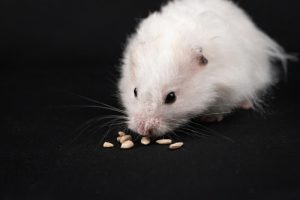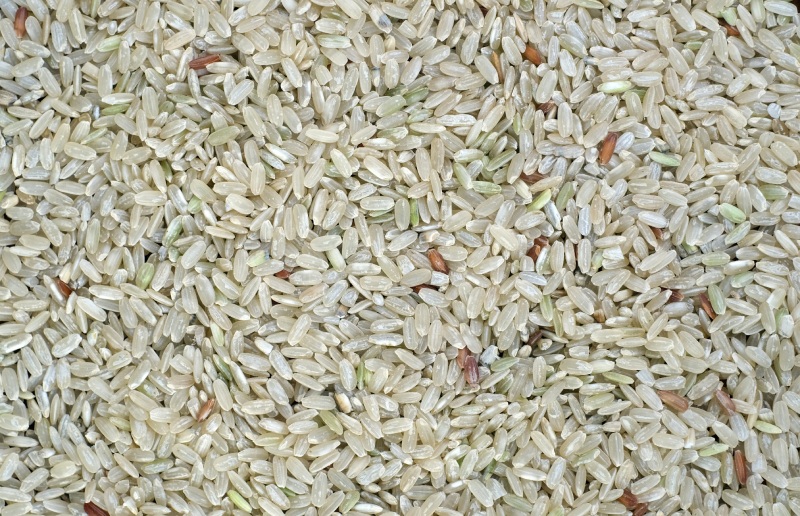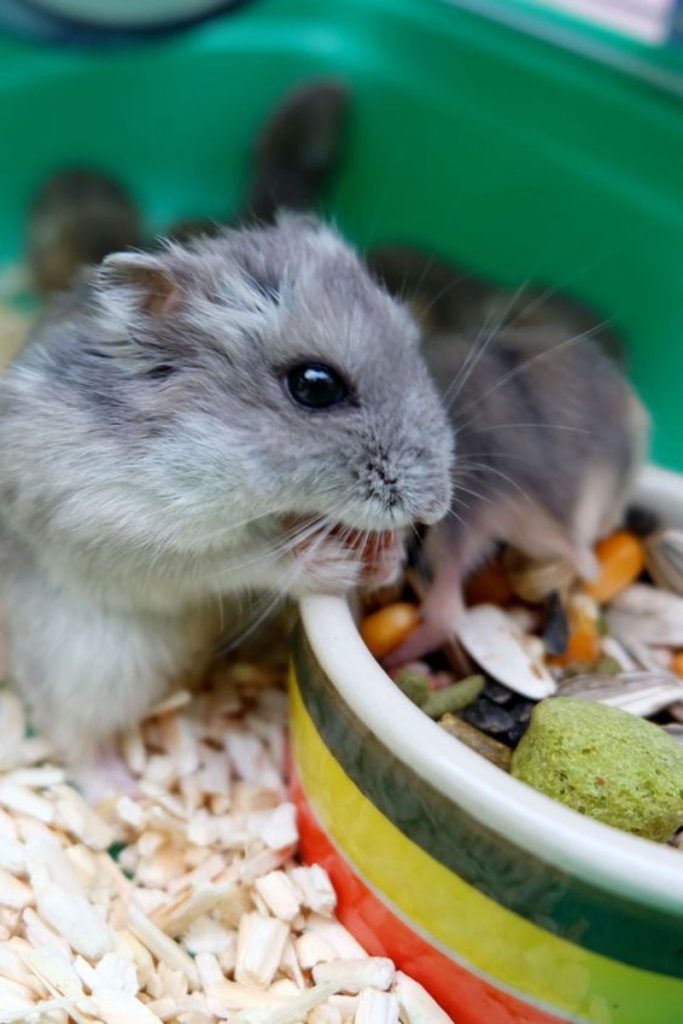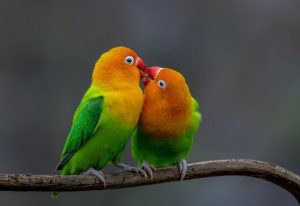- Redefine your workspace with a desk shelf that works wonders
- The Lifespan of Osteoclasts: How Long Do They Live?
- What is Monkfish average lifespan?
- What is Amberjack average lifespan?
- What is Sturgeon average lifespan?
- What is Barramundi average lifespan?
- What is Wahoo average lifespan?
- What is Shark average lifespan?
- What is Redfish average lifespan?
- What is Marlin average lifespan?
- What is Pompano average lifespan?
- What is Rainbow Trout average lifespan?
- What is Swordfish average lifespan?
- What is Anchovy average lifespan?
- What is Grouper average lifespan?
- What is Halibut average lifespan?
- What is Carp average lifespan?
- What is Pike average lifespan?
- What is Flounder average lifespan?
- What is Tilapia average lifespan?
Feeding Hamsters Rice: Safe Varieties and Guidelines for a Balanced Diet

Hamsters have become popular pets due to their small size and adorable personalities. However, it’s crucial to provide them with a balanced diet to ensure their health and well-being. Rice, a staple food for many humans, can be a part of a hamster’s diet, but it’s important to understand how to feed it safely.
The Safety of Rice in a Hamster’s Diet
Hamsters can safely consume rice, but there are important factors to keep in mind. Rice serves as a carbohydrate source, offering a quick energy boost for your pet. Despite its benefits, rice should only be fed in limited amounts due to its elevated starch content. Excessive starch consumption can contribute to obesity and various digestive problems in hamsters, leading to potential health issues.
When introducing rice into your hamster’s diet, it’s crucial to monitor their overall nutritional intake. A hamster’s diet should primarily consist of high-quality commercial pellets, fresh vegetables, and occasional fruits. Rice can be considered a treat rather than a staple, ensuring that your hamster receives a well-rounded and balanced diet. Always consult with a veterinarian if you have concerns about your hamster’s nutrition or if you notice any changes in their behavior or health after introducing new foods.

Safe Varieties of Rice
When it comes to feeding rice to hamsters, there are safe options to consider. Cooked rice is a suitable choice for hamsters, provided it is prepared properly. It’s essential to cook the rice thoroughly and allow it to cool completely before offering it to your pet. Be sure to avoid any seasonings, oils, or butter, as these additives can be harmful to hamsters. On the other hand, uncooked rice is not a safe option. It can pose a choking hazard and may be difficult for hamsters to digest.
Both brown rice and white rice can be included in a hamster’s diet in moderation. However, brown rice is typically regarded as the healthier option because it retains more nutrients, including fiber, which is beneficial for digestion.
This nutritional advantage makes brown rice a preferable choice when treating your hamster to rice. Remember to always prioritize moderation and balance in your hamster’s diet to ensure their overall health and well-being.
Guidelines for Feeding Rice to Hamsters
Feeding your hamster rice can be a delightful treat when done correctly. Understanding the appropriate portion sizes, feeding frequency, and how rice fits into a balanced diet is essential for your pet’s health. The table below summarizes these guidelines for effectively incorporating rice into your hamster’s diet.
| Guideline | Recommendation |
|---|---|
| Portion Size | A small amount of cooked rice, about a teaspoon, is sufficient for a meal. |
| Frequency of Feeding | Offer rice 2-3 times per week as a treat or as part of a meal. |
| Balanced Diet Considerations | Rice should complement a varied diet that includes high-quality hamster food, fresh vegetables, and occasional protein sources like boiled eggs or mealworms. |
In conclusion, incorporating rice into your hamster’s diet can be enjoyable and beneficial when following these guidelines. Ensuring that rice is offered in moderation and as part of a diverse diet will help maintain your hamster’s health and happiness. Always prioritize a balanced nutrition plan to keep your furry friend thriving.
Safe Treats for Hamsters
In addition to rice, there are several other safe treats you can incorporate into your hamster’s diet to ensure variety and nutrition. Offering a range of treats can help keep your hamster engaged and satisfied while meeting their dietary needs.
- Small Pieces of Cooked Vegetables:
- Peas
- Carrots
- Broccoli
- Zucchini
- Sweet potatoes
- Unsweetened Dried Fruits:
- Small pieces of banana
- Cranberries
- Apples (unsweetened and without seeds)
- Blueberries
- Raisins (in moderation)
These treats can be offered in small amounts to provide variety and additional nutrients in your hamster’s diet. Always ensure that they are prepared safely and free from harmful additives.
Signs of Adverse Reactions
While rice can be a safe treat for hamsters, it’s essential to monitor for any signs of adverse reactions. These may include:
- Diarrhea or unusual droppings.
- Lethargy or decreased activity.
- Vomiting (which is rare in hamsters).
If you notice any of these symptoms after feeding rice, it’s best to discontinue it and consult a veterinarian.

In conclusion, rice can be a safe and enjoyable treat for hamsters when prepared correctly and fed in moderation. Cooked rice, particularly brown rice, offers nutritional benefits, but it should only be an occasional addition to a balanced diet. By following these guidelines, you can ensure your hamster stays healthy and happy while enjoying a variety of foods.



